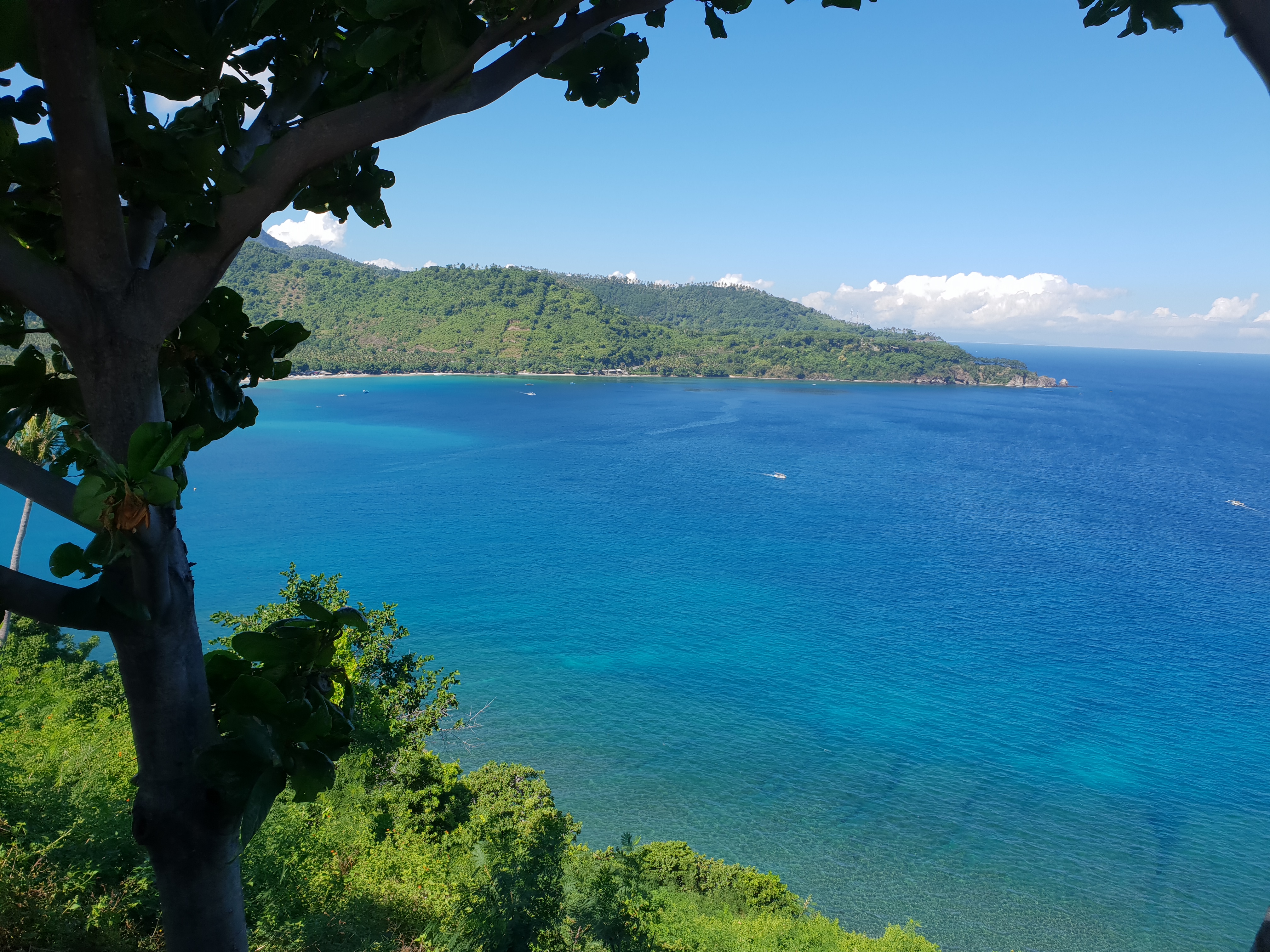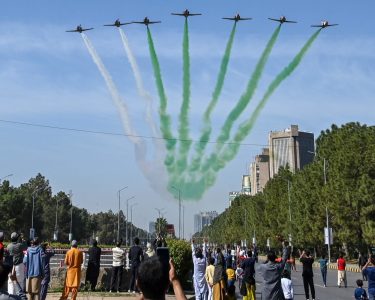By Shanti Ayadurai

LOMBOK (Bernama) — Catching a sunset is always an amazing experience, but sitting atop a cliff on the island of Lombok in Indonesia and watching the sun go down amid a fusion of gold, blue, orange and pink hues? Awesome is not enough a word to describe the feeling.
“We don’t have much time, between 5.30 pm and 6 pm is when we can catch a beautiful sight of the sun setting, so come ladies and gentlemen, let’s get going,” our tour guide, Bobby Dingo, had said earlier.
His earnestness to show the best of Lombok was not wasted on the participants of a recent media familiarisation trip to this Indonesian island, jointly organised by AirAsia and Indonesia’s Tourism Ministry. The journalists from the region and Indonesian media were ready and set with proper shoes and attire for the exploration and experience.
The trek up to the top of the Meresa Hill could not have been more than 15 minutes, the terrain a little rocky, but nothing too difficult or dangerous. The scenario with every bit of elevation was certainly uplifting and worthy of a new poem in the likes of the Romantics.
The grandeur of the sun-kissed, rolling green meadows, complete with grazing goats, were more like scenes from the movies, just as much as the vast, glistening sea and the rolling and rushing waters at the beach below were.
The cameramen set their tools at the best spots to capture the final show of the sun for the day, while the selfie-loving checked out various angles to flatter their poses. Then there were those who simply chose a spot to sit quietly and savour the moment.
A group of local children, who probably run up and down the hill 10 times a day to sell to tourists their wares – such as hand-woven sarongs, purses, bags, bracelets and rings studded with stones made from the volcanic sands of Lombok – had joined us on the journey up, pushing their goods for sale the entire time.
As the day started to end, the children started to offer special discounts. A set of three hand-woven clutch purses that went at 70,000 rupiah before the walk up was sold for 50,000 rupiah on the walk down.

At the Sade Sasak Village we had visited earlier, we were introduced to the unique lifestyle of the Sasak people. Said to be the original inhabitants of the island, they reflect what Bobby, a Sasak himself, said: a mix of the cultural traits and practices from the earlier days of belief in animism, Hinduism and latter-day Islam in their ways.
More than 400 families live in this close-knit village, consisting of houses linked around a central courtyard.
“Rice cultivation, growing corn, and weaving are the main occupation here,” the head of the village explains as he takes us on a quick tour.
The womenfolk point to us the display of their attractive, hand-woven sarong, batik, scarves, bags, purses all neatly displayed for sale in the front of their respective homes.
“All the women in Lombok know how to weave. If they don’t, they cannot get married,” Bobby informs us cheekily.
The families here share their harvest of rice, which is put in a common barn for all to share.
“As for our homes, it is built from a mixture of cow dung and other materials that make them very strong,” the village head tells us as we go through the maze of houses before returning to the courtyard, where two villagers had earlier demonstrated the Lombok style of martial arts.
We were on Day Two of the Lombok media tour and by now we had seen some of the reasons why tourists had been coming to this island, described as the 20 or 30 years ago version of its more famous neighbour, Bali.
Indeed, Lombok is in the list of the Indonesian government’s plans for another 10 “Bali” to raise the country’s tourism income. But why, when Lombok clearly has its own attractions?
Unspoilt, with clear blue skies, pristine beaches, unpolluted air, lush green paddy fields, less traffic jam and even fewer buildings, the island looked like all it needed would be a little touch-up. Not too much more.
Considering that the island does lie in a seismically vulnerable region, perhaps some of the investments could go towards further strengthening its existing facilities and raising awareness on the need for island-sustainable practices, research, and the adoption of advanced technologies for the island’s wellbeing.
By Day Three, we had already moved to a new hotel, the Kila Senggigi Beach Lombok, one and a half hour’s drive north-west from the Novotel Resort and Villas we had stayed in for two days.

The coastal road drive to Senggigi provided breathtaking views of the sea while the usual run of chatty men and women ran up to us to sell their assortment of beach-wares and other items at the various points the bus pulled up.
Horse ridden carriages were a pretty sight in the Mataram city, where we stopped for an authentic Indonesian lunch at the Roemah Langko restaurant. Here, we had coconut milk or Santan — which also happens to be the name of the inflight meals served on board AirAsia — enriched fish and chicken dishes. Fresh, tropical fruit juices were just the right finish for the hot afternoon.
Just as in Novotel, guests at the Killa were also a mixed crowd including Chinese, Australians and Europeans, with a good number of them carrying their surfboards along with them at the check-in counters.
“Lombok and the smaller group of Gili Islands nearby provide some of the best sites for surfing, snorkelling, diving as well as sea sports,” Bobby informed us, adding that many guests from the nearby Bali Island – only 2 hours away on speedboat – also make day trips to the islands to enjoy their offerings.
We discovered how popular indeed the Gili Islands are as we spend Day Four, the final day, checking out the three islands of Gili Trawangan, Gili Meno and Gili Air.
A veritable paradise for divers, snorkellers, surfers and the plain beach bums, these islands are all about diving into crystal clear waters, walks on white sandy beaches, resting in quaint little huts and enjoying cool evenings amid candle-lit dinners by the sea.

AirAsia offers daily flights from Kuala Lumpur to Lombok, Indonesia.






